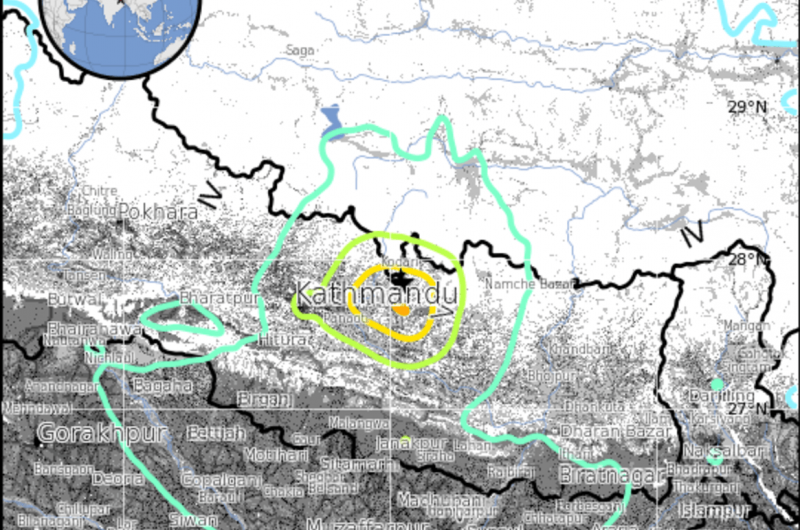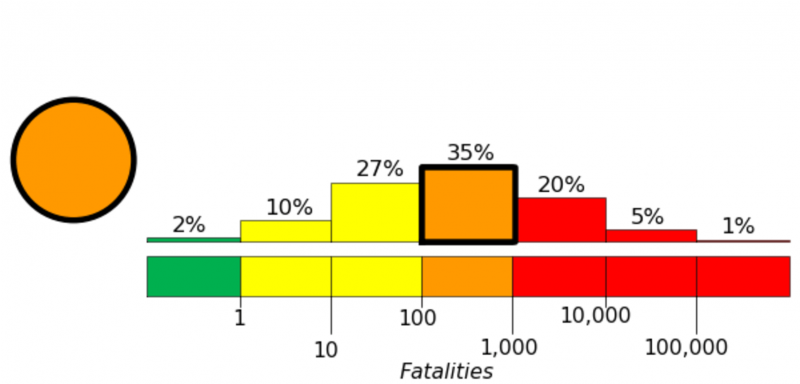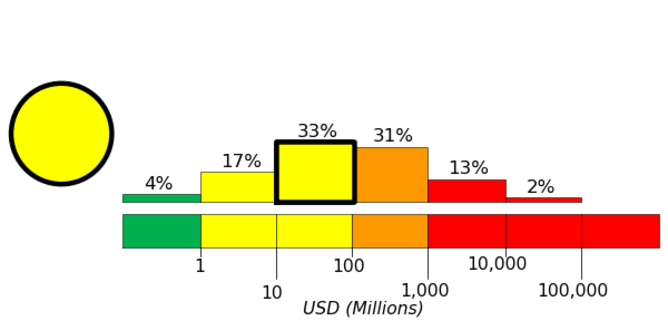Many feared dead as second quake hits devastated Nepal

The second earthquake to hit Nepal in less than a month caught local disaster relief agencies unaware and, despite being six times weaker than the massive quake on April 25, it is still thought to have caused hundreds of casualties.
The magnitude 7.3 that struck around 80km (50 miles) east of Kathmandu resulted from the same tectonic forces as the larger earthquake just over a fortnight before, caused by the Indian plate thrusting beneath the Eurasian tectonic plate along the front of the Himalayas.
While the earthquake could not have been predicted, geophysicists had noted that the fault that slipped on April 25 was weaker than might have been expected. It was not the "great Himalayan earthquake" that had been anticipated by some.
The latest large quake has been linked to stress after the first, which passed eastward along the fault system, running in front of the Tibetan plateau. In a domino effect, stress transferred along to a separate section of the rupture that has now been triggered as an earthquake.
Weaker but still fatal
Although weaker than the previous quake, it was, nevertheless, of a similar magnitude to the Haiti earthquake of 2010, which killed more than 100,000 people.
Many buildings of un-reinforced brick and mud, were already weakened by the recent shakes. The earlier quake also generated secondary hazards such as landslides and liquefaction, the weakening and softening of soil following an earthquake, that might well have increased the damage in this second quake.

The United States Geological Survey has issued an impact assessment, rating the event as "severe" in the worst-affected area. It states that the quake will have caused significant casualties, with estimated fatalities sadly likely to reach a total of hundreds or more.
Moving east
Andy Hooper, professor of geophysics and geodesy (the science that enables global positioning) at Leeds University said that the earthquake started at the eastern edge of where the fault slip reached during the 7.8 magnitude event of two and a half weeks ago. "The fault appears to have ruptured mainly eastwards and can be considered as a further unzipping of the locked fault" he said. "We do not have measurements yet, but because the fault slip in this earthquake occurred farther east, it may well have caused a significant drop in the height of Mount Everest."

Yani Najman, Himalayan geologist at the Lancaster Environment Centre at Lancaster University, said there was little or nothing that could be done to stop earthquakes occurring in this region. "However, loss of life in future events can be reduced with stronger buildings, less likely to collapse," he said. Najman added that when Nepal embarks on a major phase of rebuilding, it should also be a time for education in the country, "promoting simple measures to ensure that housing is as well-built as it can be, taking into account also the limited resources available to people."
Source: The Conversation
This story is published courtesy of The Conversation (under Creative Commons-Attribution/No derivatives).
![]()

















